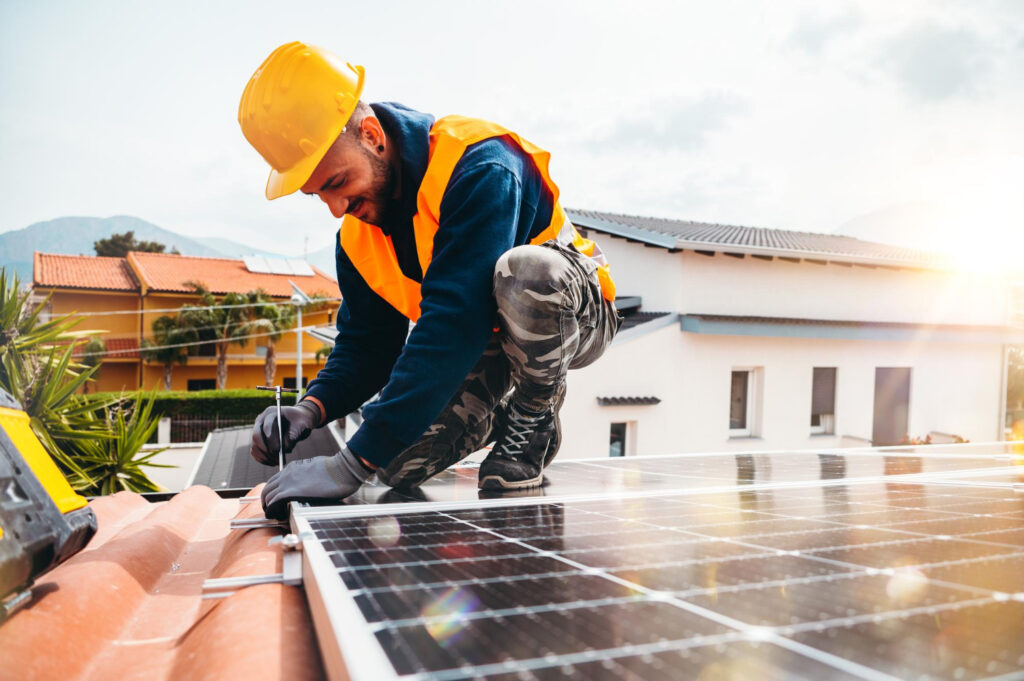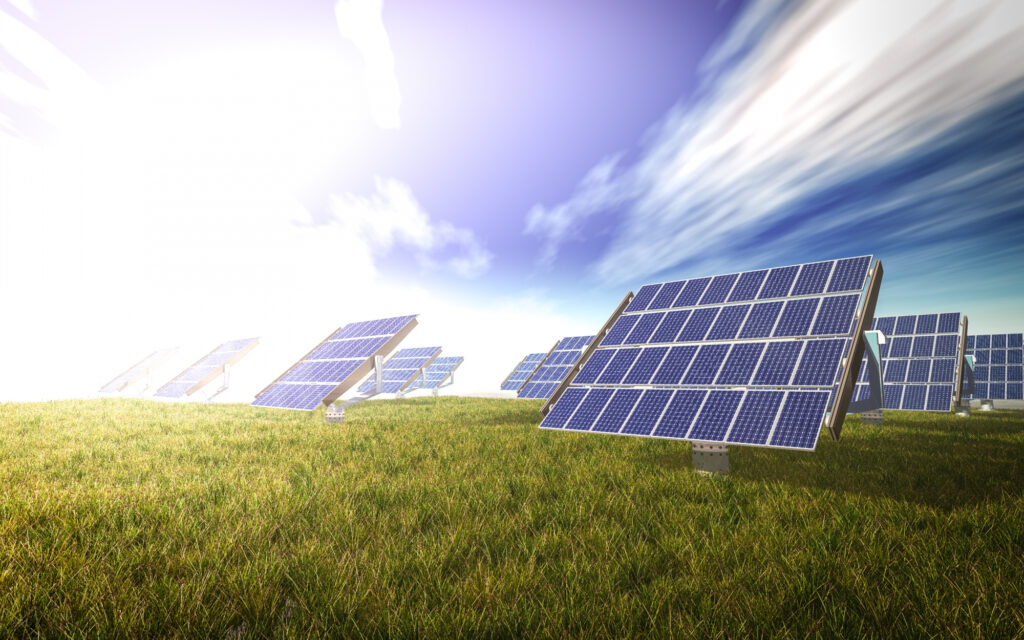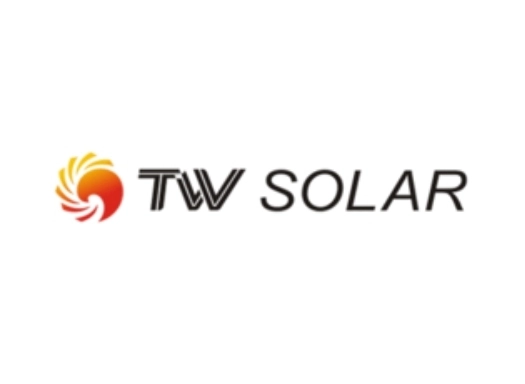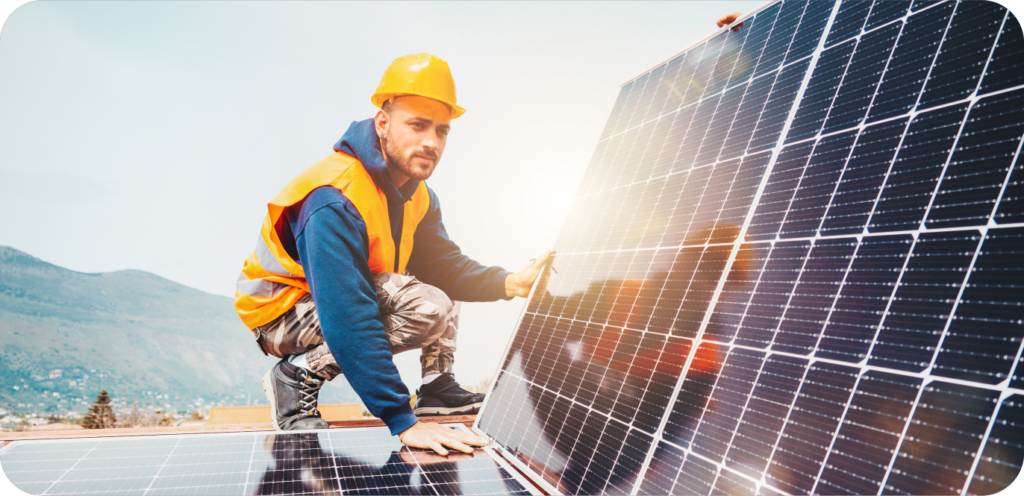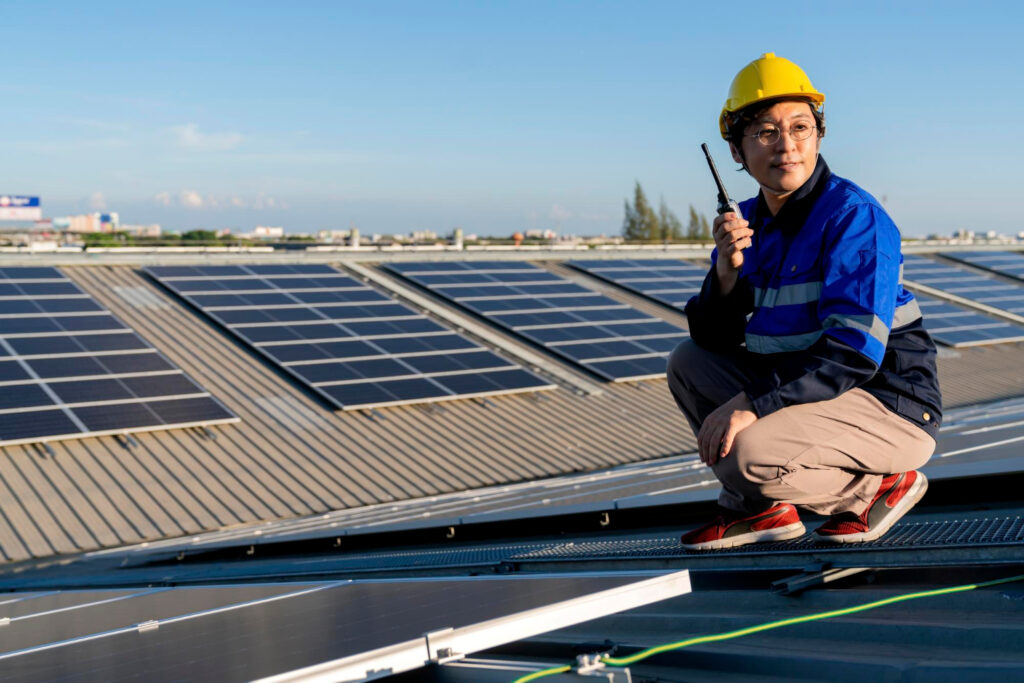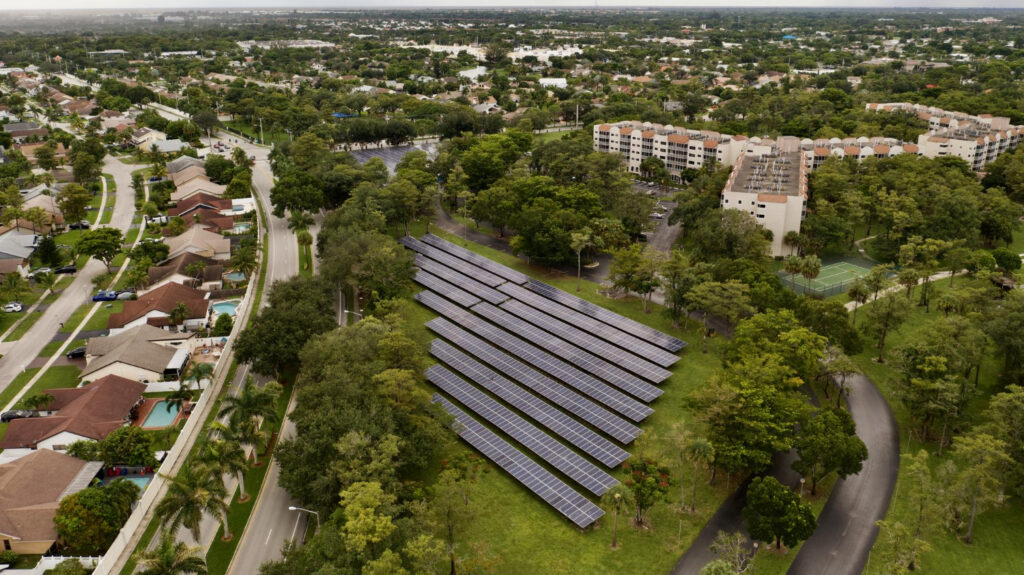Good news for homes in the sun In Australia! With great pleasure, Solaright talks about the most recent advancement in solar technology, made possible by the innovative thinking of REC Group. Get ready for the Alpha Pure-RX, a powerful rooftop solar panel system with an astounding 470 watts of solar electricity.
Why does the Alpha Pure-RX have such a brilliant shine? All of this is possible because of REC’s clever heterojunction technology, which combines amorphous thin-film silicon and N-type crystalline silicon. Together, they produce greater energy conversion, increasing yields and efficiency. Imagine a stunning 470W power output with a power density of up to 226W/m2. That is the pinnacle of solar power!

Improved Solar Panel Efficiency
Not only that but the Alpha Pure-RX is accustomed to being outside. Because of its sturdy four-part junction box construction, it may survive in partially shaded areas. This solar miracle is sturdy enough to withstand the weight of heavy snow, up to 7000 Pa, and to enjoy the Australian sun. The cherry on top of the solar cake is that it guarantees a minimum power production of 92% even after 25 years of solar radiation absorption.
Why is Solaright so happy about this now? Essentially, Solaright aims to optimize your roofing. The Alpha Pure-RX and Solaright’s dedication to excellence and efficiency are a natural match. Imagine a solar panel that can gracefully withstand the intense Australian heat while simultaneously capturing sunlight on dimly lit days. Your entryway into this solar revolution is Solaright, which links you to the extraordinary powers of the Alpha Pure-RX.
- The REC Group constellation has more stars than just that one. REC will introduce the Alpha Pro M at All-Energy, a solar powerhouse with up to 640Mp designed for commercial and industrial applications.
- It’s evidence of REC’s commitment to providing a wide range of superior solar solutions to suit every Australian requirement.
Declare modules from REC, like the Pure-RX, are proudly branded with this name. This certification is a mark of approval for environmentally friendly, robust, and healthy buildings—it’s not simply a sticker. REC’s Director of Asia Pacific and Japan, Gus Paviani, highlights the company’s dedication to producing goods that are not just cutting edge but also ecologically friendly.
For Solaright, this is a step toward a sustainable future rather than merely the release of a new solar panel. Keep checking back because in Q1/2024, the Alpha Pure-RX and Alpha Pro M panels will be arriving in Australia and New Zealand.



